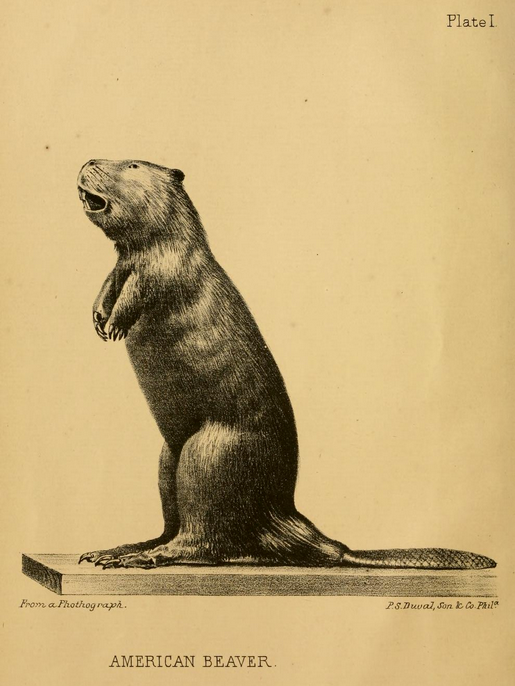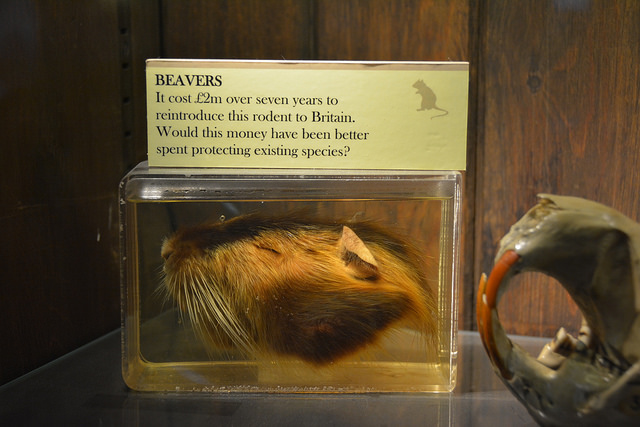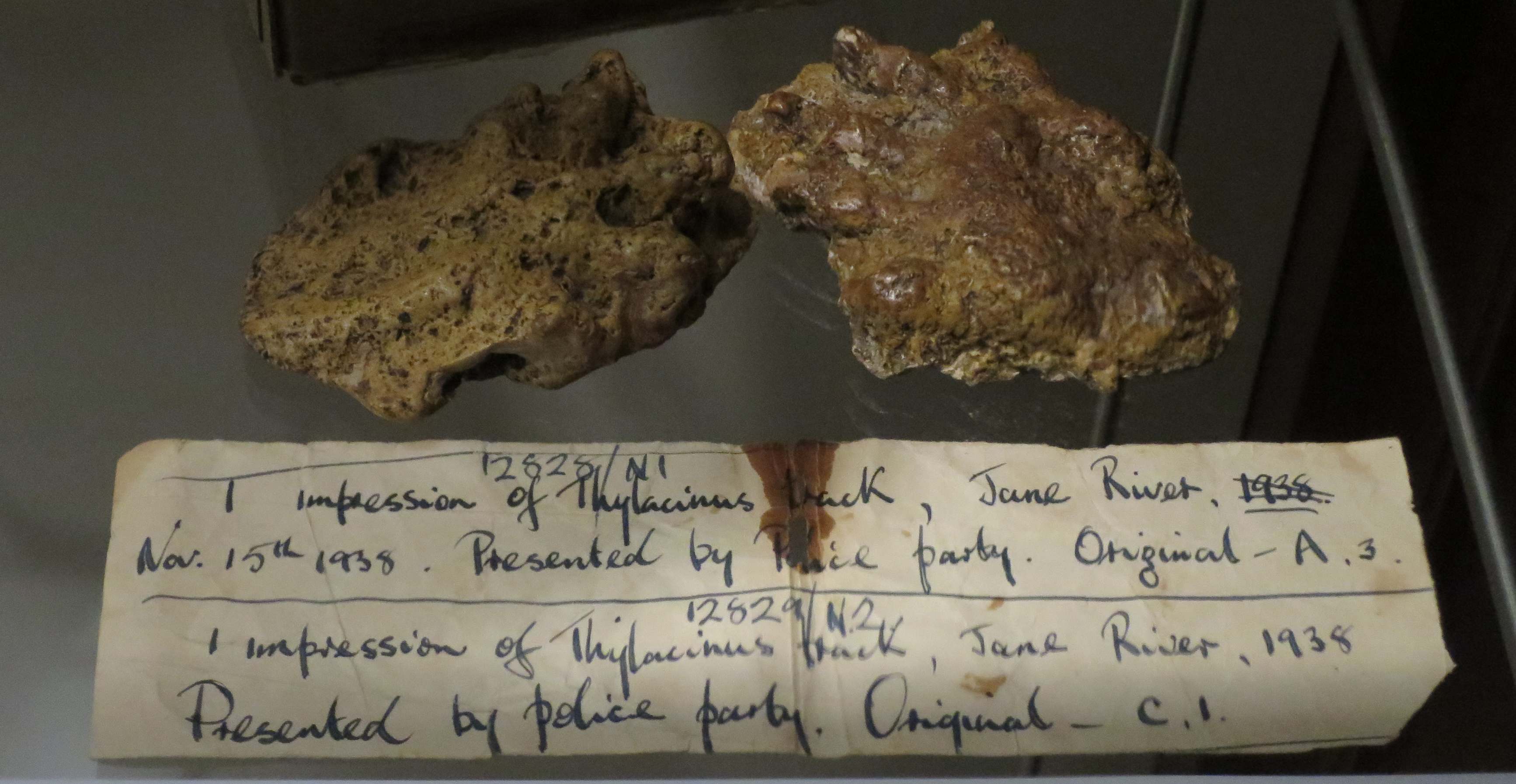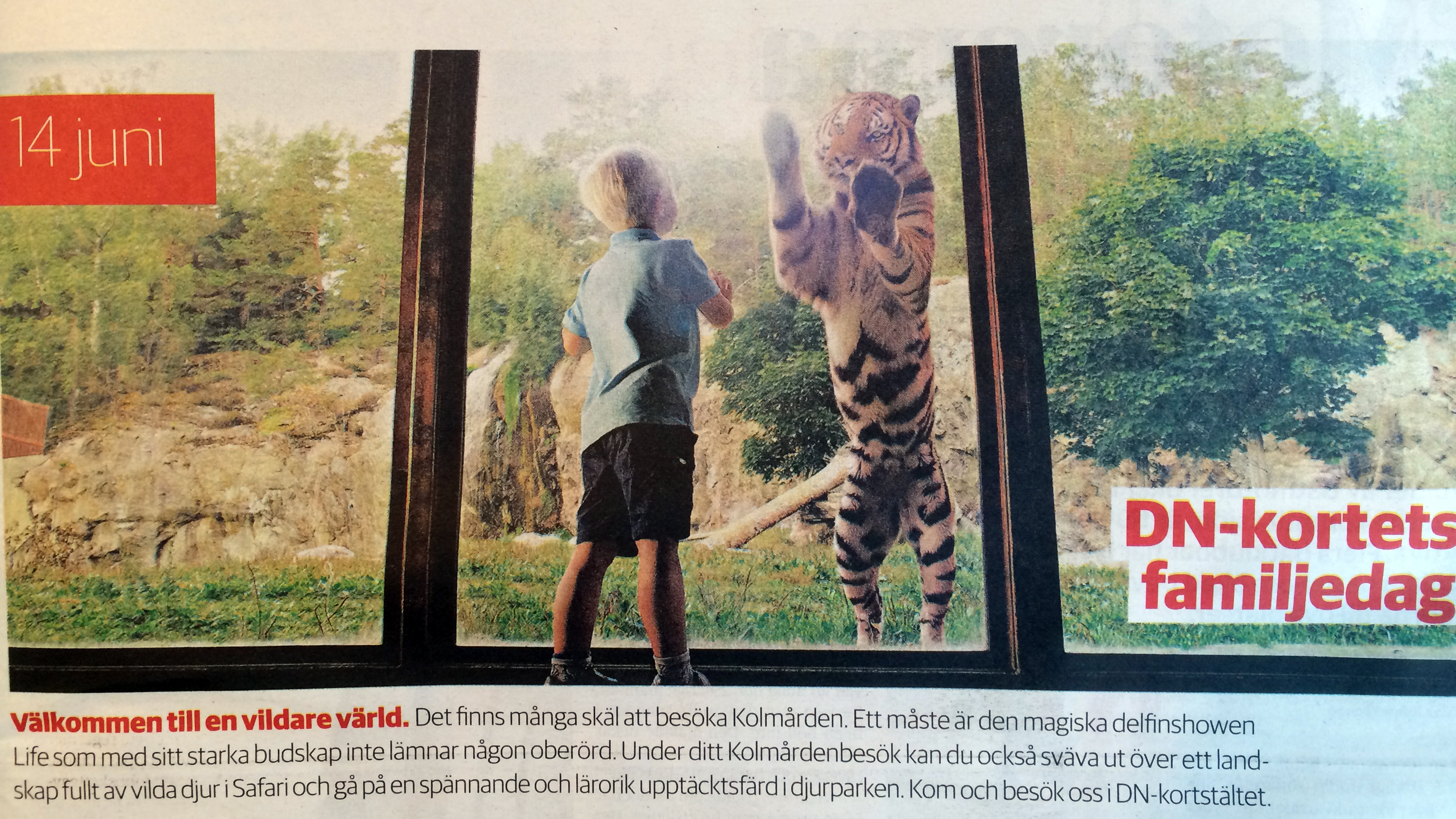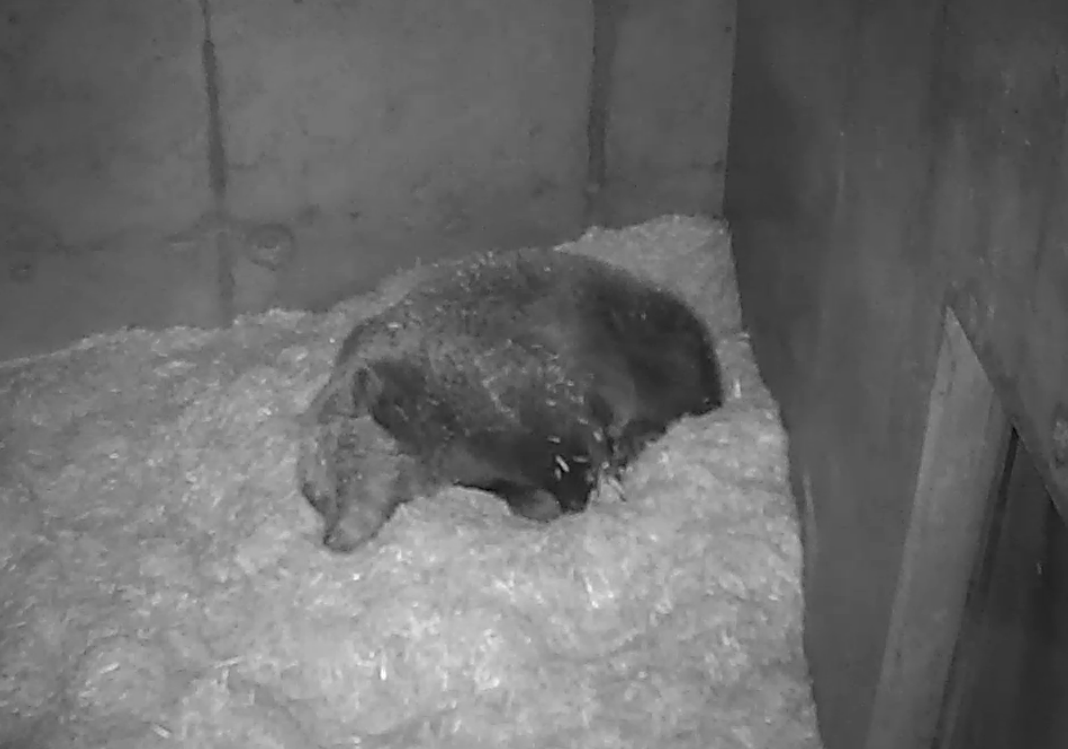
Death in captivity: A “natural” outcome?
News media has been all abuzz since yesterday about Copenhagen Zoo’s decision to put down an 18-month-old male giraffe named Marius (a few examples: BBC News, Guardian, DR, Politiken). The giraffe was killed with a bolt to the head this morning and then butchered for use in research and as food for the zoo’s carnivores. Some of the media headlines talk about the giraffe’s “execution” on “death row”. The reason that the giraffe was put down was that the giraffe could no longer stay at CZ because he was sexually mature and had to be relocated to avoid breaking inbreeding regulations. The zoo said that no place to send the giraffe to had been identified. Although it does appear there were some last minute offers yesterday when the news broke, it is unclear how serious those were or how quickly they could have been worked out.

The zoo’s director was clearly surprised at all the hype — after all, he noted, didn’t they cull hundreds of deer in a nearby park every year to maintain the herd’s health? A better comparison might have been zoo practice here in Sweden. At the Lycksele zoo, 2 or 3 bear cubs are born every year … and almost every year they are euthanised by the fall. This is a long term practice: I found a 2002 article about Lycksele putting down 3 cubs that said some zoos in Sweden had started using birth control on their animals, although Lycksele was not. This year’s youngsters were born on 17 January and a webcam of the den offers a chance to catch a peek of them. But what will happen to them? Unless another zoo wants to have them, they won’t live out the year. In a 2012 interview, the zoo’s director responded to criticism that had been raised in online newspaper comments about the cubs’ destiny:
It is a policy in Swedish zoos that the animals will be able to live as naturally as possible. That they can breed is part of their well-being.
What’s interesting to me here is the idea of “living naturally.” The irony of talking about allowing animals to breed because it is “natural” while enclosing them in much smaller areas than they would have in the wild (even though the Lycksele habitats are very large compared to most zoos) and feeding them butchered meat rather than letting them kill the animals themselves, neither of which is “natural” at all. Part of the justification of killing the cubs is that many cubs “naturally” die in the wild, but of course, not every one like is being done to Lycksele’s bears and not on the same day. So I have to ask: who’s “natural” is this situation?
All of this comes down to management. Zoos have to manage the populations of their animals to not exceed their space or financial constraints. I think the public has gotten the idea that zoos are mainly in the conservation business and that many of the animals will somehow make their way into the wild. While it is true that there is some ex-situ conservation breeding for reintroduction projects, these are in reality quite rare. The vast majority of the youngsters born in a zoo are never going to live outside of an enclosure.
The enclosure might, however, be in a different place. Animal exchanges and sales between zoos are quite common. In fact, Lycksele zoo has just this week acquired three beavers from Zoo Wurppertal in Germany to fill that empty beaver enclosure I discussed in January this year. They had to get the beavers from another zoo because the Swedish EPA denied their request to trap live beavers in Sweden. It’s a bit ironic that the beavers on display in Lycksele will not be from the Norwegian beaver remnant that was used to repopulate Sweden but from the Bavarian population, but at least there will be beavers to see (meaning that a summer visit will be a must for me!).
While I understand why some people might find the death of a giraffe unsettling, it seems pointless to object to that unless you also object to the entire zoo system. Personally, I think zoos provide a valuable service for cultivating conservation thinking, especially among children. Because animal management is required to make that work, it’s something that I think we have to accept, even if we don’t like it. Copenhagen Zoo decided that another home would/could not be found for Marius, so he became lion food, which might have been his “natural” destiny if he’d been born in the wild anyway.
